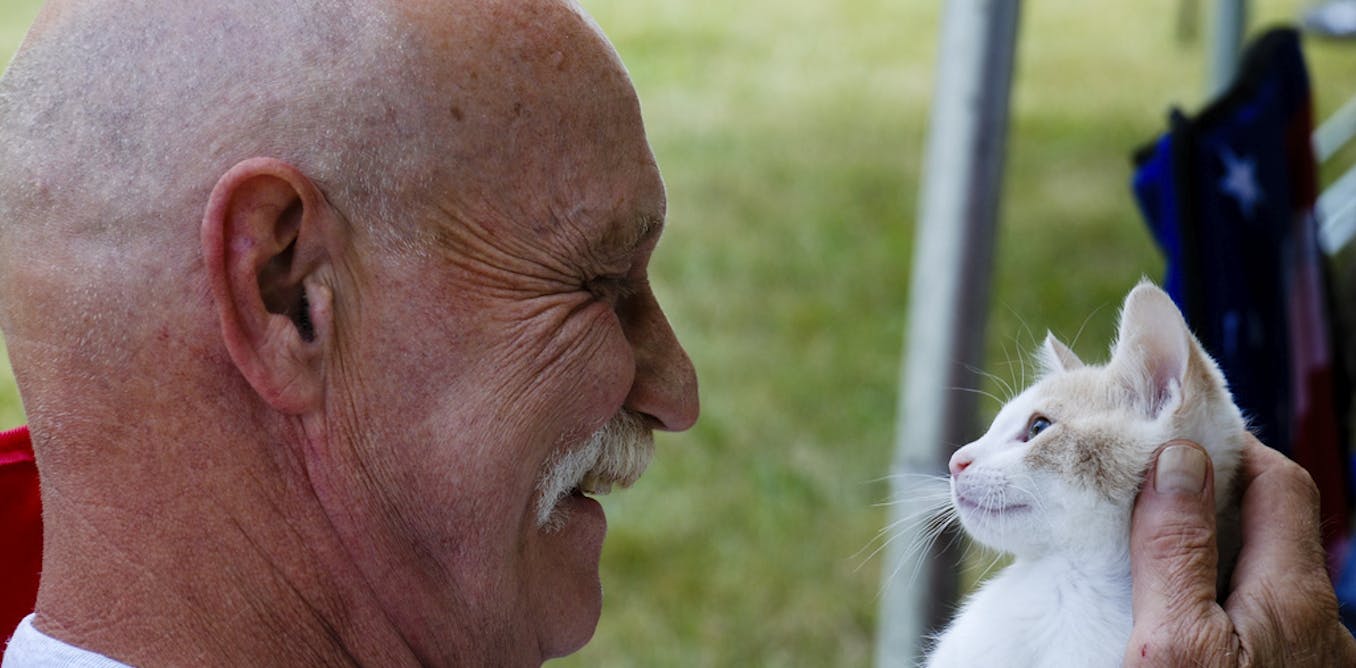
- Select a language for the TTS:
- UK English Female
- UK English Male
- US English Female
- US English Male
- Australian Female
- Australian Male
- Language selected: (auto detect) - EN
Play all audios:
The population of Munich, North Dakota (190 according to the latest census), has been shrinking for decades, and its locally run market, called Munich Grocery, was struggling. When the
store was in danger of closing after its owner became ill in 2003, 30 residents bought shares to keep the market open. But the store kept incurring debt. “We had to change the way we were
operating,” says Steven Zimmer, a Munich Area Development Corporation board member. With the county’s only other grocery store 30 miles away, closing the Munich market was a terrible option.
“Our biggest concern has been the people who are not able to just jump in their car and drive,” explains Zimmer. “The older individuals, in the middle of winter, in North Dakota? It's
snowing and blowing, and they don't drive well — or at all. Where would they get their food from?” Zimmer had heard about two rural communities in Minnesota that created self-serve
grocery stores. He called the store owners for advice. “It wasn't working to have somebody in our store all the time,” he says. Using that model, the Munich store could only afford to
be open Monday through Friday for seven hours a day. AARP COMMUNITY CHALLENGE In what Zimmer describes as a “last ditch effort to keep the store open,” the location became a self-serve
market in January 2024. AARP Community Challenge funds were used to purchase a keyless entry-door lock system, a point of sale system, and security cameras. THE RESULTS — AND REACTIONS
Once the remodeling was complete, the store held open house events to give residents a taste of what they could expect. “Change happens so infrequently in small towns, it's met with a
lot of questions and concern,” notes Zimmer. “The people who were against this were the people who think there needs to be a worker in the store at all times. Back in the glory days of
Munich, when there was a thriving Main Street, that’s how it was done. But we now have half the population.” Some people were skeptical about the technology, Zimmer adds, “But once you show
them how easy it is, the concern kind of melts away.” Patrons now have 24/7 access to the store by using a key fob, which requires a yearly membership costing $100 or a six-month account
for $60. When the membership model launched, Zimmer expected about 20 enrollments, which is the amount the Minnesota store owners sold during their first year. The Munich shop sold 82. “We
tried to target people who work out of town or are in town at different times,” Zimmer explains. One confirmation of the strategy: Local teachers began making after-school trips to the
store, which previously opened at 8 a.m. and closed at 3 p.m., when the educators were still at work. Another reason for the shop’s success: “You can get goods and services in other places
if you need to,” Zimmer notes. “But food is the most important thing for a town to have available to the people who live in it.” The store’s one-time manager Jackie Albrecht had recently
retired but returned and now works part-time. “With the membership, people may feel more like it's _their_ grocery store — and they'll think of stopping in more often and take
pride in the fact that it's there,” says Albrecht. “We're a typical small town, struggling and trying to keep things going. The town works hard to keep what we have, and there’s a
lot of loyalty to the community.”








